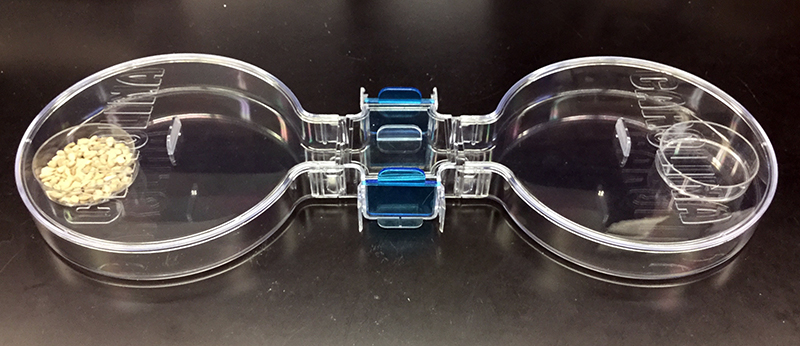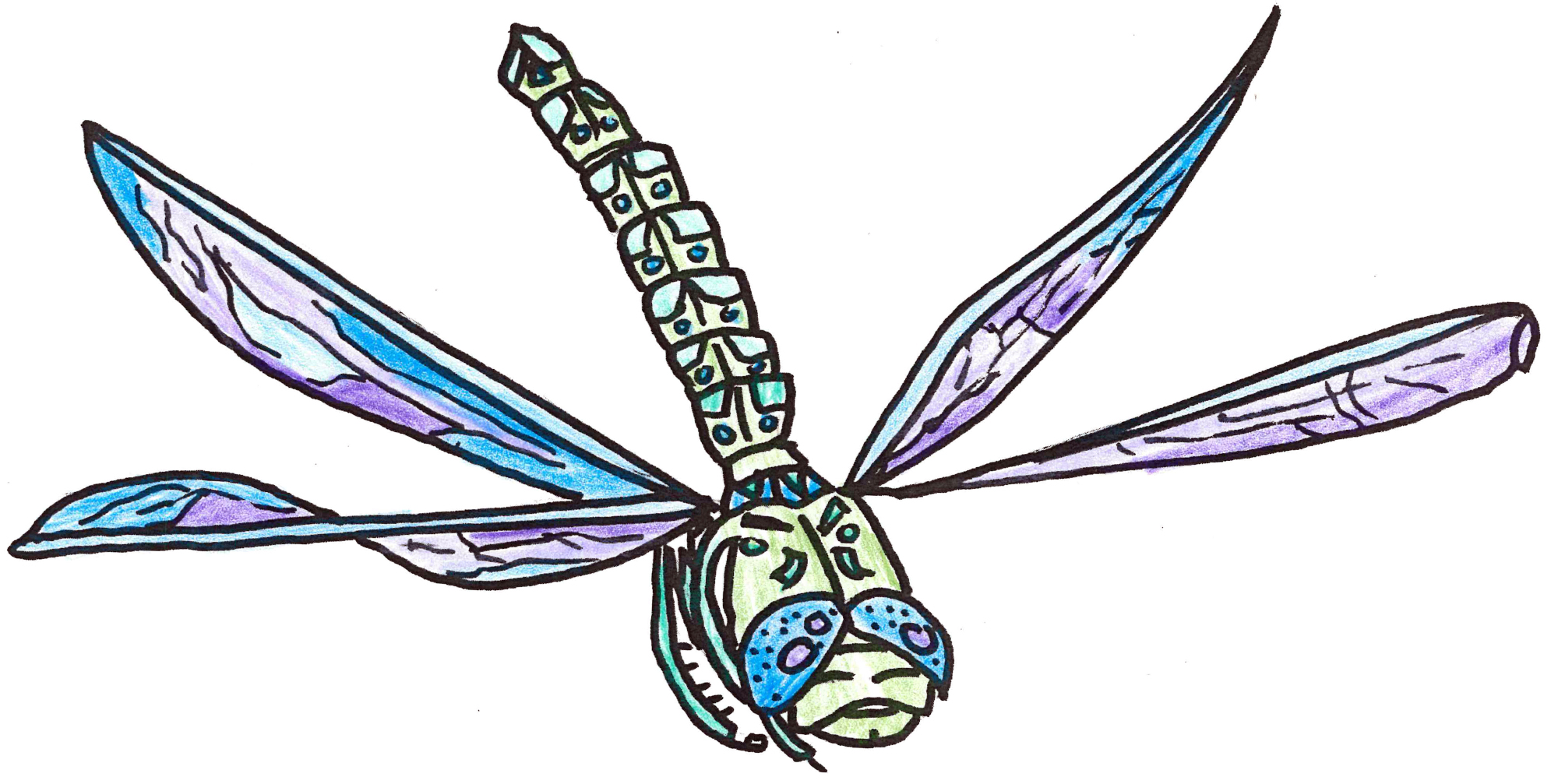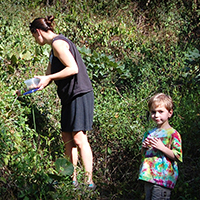So, you’re excited about bugs — but wait… It’s January! It’s freezing. Snow is on the ground, and there isn’t a bug to be found. Well, fortunately there are still some activities you can do with insects indoors all year round. We’ve just posted teacher resources for a simple experiment to explore behaviors in bugs (or any small animal!)
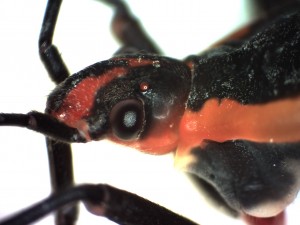
The study of animal behavior is called ethology. One of the simplest behaviors to observe is an animal’s movement through the environment. Since natural environments can be very complex, ethologists often design simple lab experiments in order to more clearly identifying the innate behaviors of animals.
A simple behavioral test you can do in the lab or classroom is a choice test. In this type of experiment an animal is placed in the middle of a “choice chamber” with two alternatives to either side. The sides of the chamber could hold different foods, different colors or intensities of light, or the smells of different attractant or repellant chemicals.
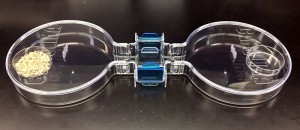
Typically, when you put an animal in the chamber, it’s first reaction to run randomly in some direction out of fear. This kind of random, undirected movement, is a type behavior called kinesis. What we’re typically more interested in is taxis, a type of behavior where an animal orients its body toward a stimulus, such as one of the offerings in the choice chamber.
An experimental chamber can be purchased or you can try building your own. (Disposable plastic food containers are one option.) The basic idea is that the chamber should have 3 areas. The two choice areas should be as similar as possible and equidistant from the middle chamber, where a bug is added to begin the experiment. Ideally, it’s also easy to get things in and out of all areas of the chamber.
Since we’re not interested in where the animal goes as a result of fear-induced kinesis, it’s helpful to repeat the experiment several times, so that if it randomly goes left or right, that bias is averaged out over many trials. It’s also helpful to give the animal some time to make a choice that might reflect taxis toward one side of the chamber.
True bugs, such as the milkweed bug Oncopeltus fasciatus, can be good subjects for behavioral experiments. It’s helpful to have colony with many individuals so that you can repeat behavioral experiments with different individuals. (Check out our other teaching resources for instructions on raising milkweed bugs.)
First, decide on your experimental design. What behavior would you like to test? It helps to think about the life of the insect and what it might encounter. Could it have food preferences? Would it be attracted to others of its species? What about factors like light and heat? These experiments have been used in classrooms for decades, because the possibilities for students to test different questions is limitless. Check out our protocol for more ideas and detailed instructions.
For older students, our teaching module also includes information on using a basic statistical test, the chi-squared test for independence , to help interpret the results of choice experiments.
If you try it, let us know how it goes in the comments!

